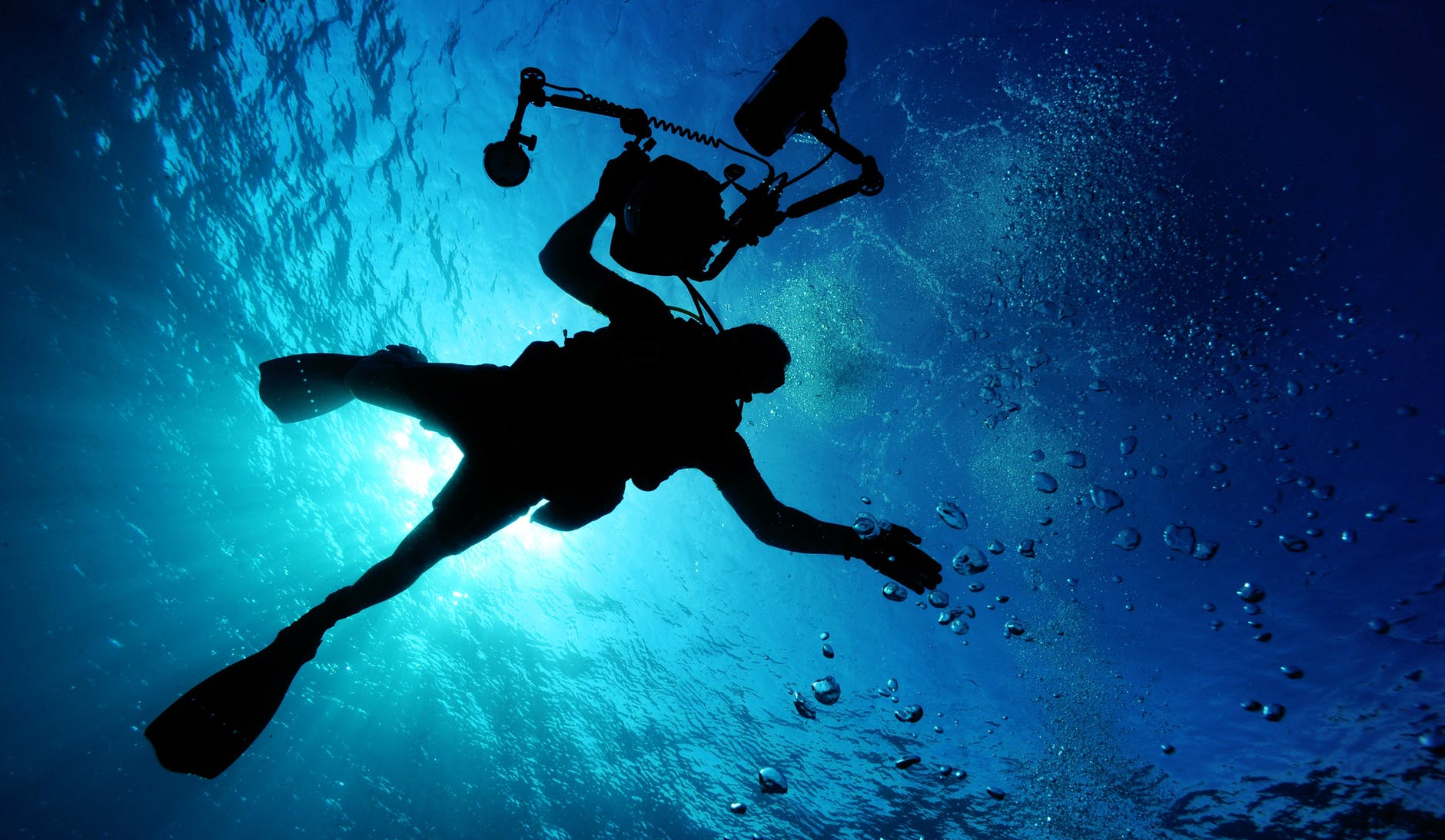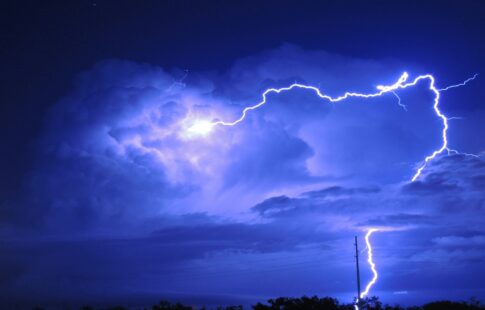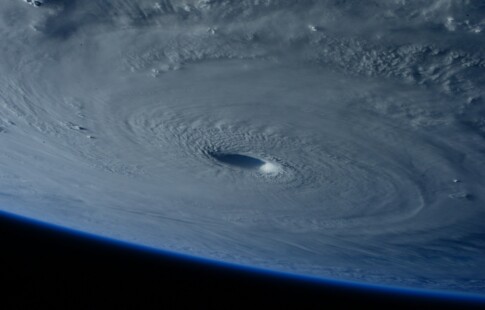
Why Have We Explored More of Outer Space Than the Ocean?
We are reader-supported. When you buy through links on our site, we may earn affiliate commission.
Summary
Ocean exploration
- Oceans make up 71% of the Earth’s surface but only 5% has been explored
- .05% of the ocean has been mapped
- Since 1969, three people have explored the deepest part of the ocean
Outer space exploration
- Hubble Telescope allows up to see up to 13 billion lightyears away
- Average Mars mission costs $3 billion (the amount it would cost to map the entire ocean)
- Since 1969, we’ve sent 12 people to the moon
You’d think we know more about the planet we live on than the vast openness of outer space, right? It makes sense, after all, we spend every waking hour on this Earth. Surely, we can’t have explored more of space than the ocean, right?
You might be surprised to find out that we can explain a whole lot more about space than the ocean. How’s that for some food for thought?
Wait, what? We know more about space than the ocean?
Consider the Evidence
The ocean makes up 71% of the Earth’s surface. Yet humans have only explored 5% of the sea. This makes it seem much more plausible that unknown creatures — such as the Loch Ness monster — exist.
Of course, one could argue that the entire ocean floor has been mapped by imaging equipment. Technically, we know everything about the bottom of the sea floor, right? Except, the mapping hardware was only used at a resolution of up to three miles. What does that mean? Well, anything larger than five kilometers has not been documented or mapped.
This means there’s still a lot— especially of smaller size — that we have yet to explore and uncover. Furthermore, no one has actually scoured every inch of the ocean floor. This is just imaging hardware and software we’re talking about here, so it’s entirely possible something was missed.
You could make the same comparison for outer space, as we’ve only ever explored the local solar system. We don’t know how big the universe really is, just like we don’t know everything that’s beneath the ocean’s surface.
Since 1969 we’ve sent 12 people to the moon, but only three people have explored the deepest part of the ocean, the Marianas Trench, one of whom was James Cameron who reportedly spent $10 million of his own money to finance the trip. Clearly, our journeys into space have more funding behind them than our ocean exploration, part of which is more politically motivated than scientifically.
But with having a better idea of the size and scope of the ocean than outer space, why is it that space has always been considered the final frontier over our oceans?
Why Don’t We Explore the Ocean?
For starters, there’s a lot of it to cover, and even though we’ve had the time and likely resources to do so, it would be incredibly expensive. Only about 0.05% of the ocean has been mapped with the highest resolution of sonar imaging. Why don’t we just do the rest?
Because it’s not that simple. Even more difficult to understand is the fact that we can’t get down there to explore with our eyes. In some places, the pressure of the ocean and gravity equals that of 50 jumbo jets resting right on top of you. And that’s before you even consider the fact that at great depths there is absolutely no visibility. It’s not just a matter of presenting a light source; it’s also about how far said light can stretch, which at the bottom of the ocean is not very far.
That doesn’t necessarily mean it’s not happening. Already scientists and researchers are planning to map and explore the far reaches of the ocean floor. Thanks to modern technology the process can be much more efficient and accurate. We may even be able to locate valuable resources that can be retrieved for use back on the surface, such as copper, nickel, and cobalt.
Why Have We Explored Space So Much?
Well, one of the primary reasons space exploration has been such a large part of history is that telescopes like the Hubble telescope are able to see distances of 13 billion lightyears. Although many scientists do believe that there’s much more of the universe to explore, comparing 13 billion lightyears to the ocean only being seven miles deep underscores how much technology has developed for space exploration rather than ocean exploration.
Part of this could also be attributed to history. The initial push to discover space began between the U.S. and Soviets in the 1950s and 60s. The Soviets first launched Sputnik into space, and President Kennedy wanted to restore U.S. confidence by showing that they could not only match the Soviets, but also surpass them, leading to massive investments in our space program.
Space also seems to hold a mystical glamor that the ocean doesn’t have for us. Perhaps it’s because there have been far more television shows and movies about space travel and life on other planets than their have been about ocean living. Space, due to its vastness, also offers the possibility of discovering new intelligent life forms. Although we have most likely not discovered all life in the ocean either, humans have spent years pondering if there is life on other planets similar to our own.
Where is Ocean Exploration Headed?
With developing technologies, we have more possibilities for ocean exploration than ever. In fact, we could map the entire ocean floor for three billion dollars, which is the average cost of a Mars mission. The key is dedicating the time and resources to mitigate the gap of having explored more of space than the ocean.
Exploration missions like James Cameron’s dive to the Marianas Trench must be higher on our priority list to really make new discoveries. We still have 65% of our planet let to map and explore. Below are some of the major technologies that scientists have developed to learn more about our oceans.
Emerging Ocean Exploration Technology
One of the major new technologies are drones, which are helping us make headway into ocean exploration, as they have in space. Some drones can withstand extreme depths, which could make exploration of the deepest parts of our world a reality.
Other technology for further exploration includes fluorescence-detecting cameras to find glowing fish, swarms of mini robots finding water information and lost objects or dangers to the ocean and soft grippers for gently collecting ocean specimen.
The fluorescence-detecting cameras can filter our certain wavelengths of light. This enables us to detect fish that only emit certain light in the depths of the ocean. These cameras work with artificial blue light to enhance the fluorescent color. With technology like this, we’ll be able to discover far more life in our oceans than we ever knew existed.
Scripps oceanographer Jules Jaffe developed mini-autonomous underwater explorers, m-AUEs, as a way to study water temperature at different depths. The m-AUEs group together to form swarms resembling plankton that bob at the same depths. This will also help scientists understand the contributions plankton makes to our oceans and our air and how they travel through the sea.
Jellyfish are one of the more unusual and mysterious animals of our ocean. To better understand their movements, scientists developed suction cups that can attach to the top of jellyfish. Part of the true genius behind this technology is that jellyfish regenerate the top layer of their bell-shaped top. Eventually they’ll shed the suction cup, and it will float to the waters’ surface. In the process, it alerts scientists of its location so that they can pick it up and examine where the jellyfish has been and what we can learn from the waters that it traversed.
Patience is Needed
It will take quite a bit of time and resources to understand the oceans that make up a major part of our world. Yes, we explored more of space than the ocean. More importantly, it will take a lot of scientists and researchers working together to achieve one common goal. But it may be possible that one day we will no longer have explored more of space than of the ocean.
Share on
Like what you read? Join other Environment.co readers!
Get the latest updates on our planet by subscribing to the Environment.co newsletter!
About the author
Jane Marsh
Starting from an early age, Jane Marsh loved all animals and became a budding environmentalist. Now, Jane works as the Editor-in-Chief of Environment.co where she covers topics related to climate policy, renewable energy, the food industry, and more.





